All products featured are independently chosen by us. However, SoundGuys may receive a commission on orders placed through its retail links. See our ethics statement.
Is lossless audio worth it?
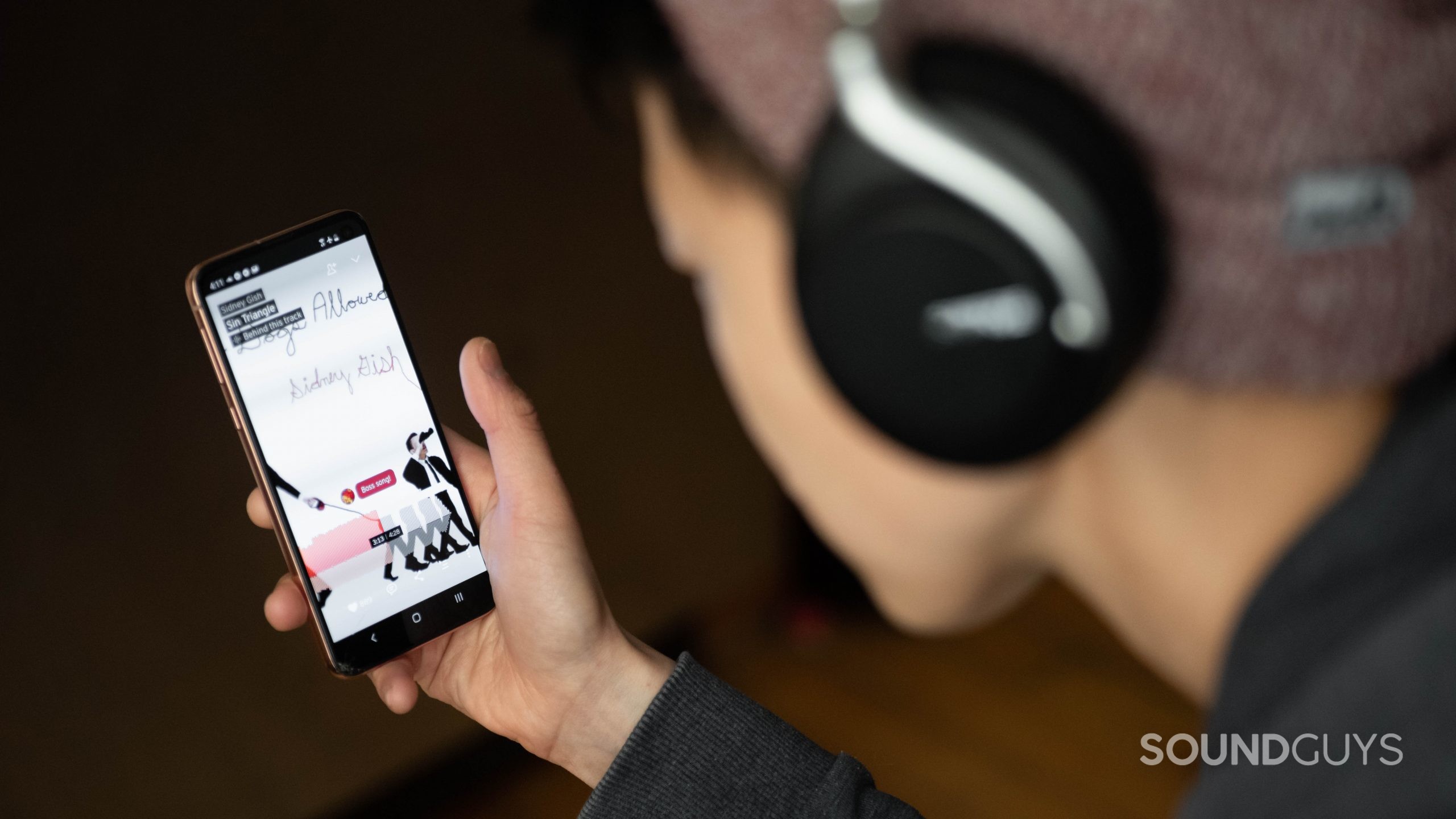
If you’ve spent any time in audiophile circles, you might have seen people get rather heated about streaming services, lossy files, and data bitrates. Many HiFi enthusiasts will absolutely insist on only listening to lossless file formats like FLAC, or even paying for the highest tiers on certain streaming platforms to ensure high quality (that is, if they’re not relying on physical media). So, let’s take a minute to understand what’s meant by audio data compression, then see which streaming services offer lossless audio, and if they’re really worth it.
Why do we even need data compression?
The methods available for recording audio have come a long way since the first Edison Phonograph Cylinders that held two minutes of noisy, narrow-band audio. Consumer technology has improved, most notably with the introduction of digital audio, first in the form of physical CDs, where every 16-bit sample of the music was encoded at a rate of 44.1kHz, more than enough to account for the entire range of human hearing in excellent clarity.
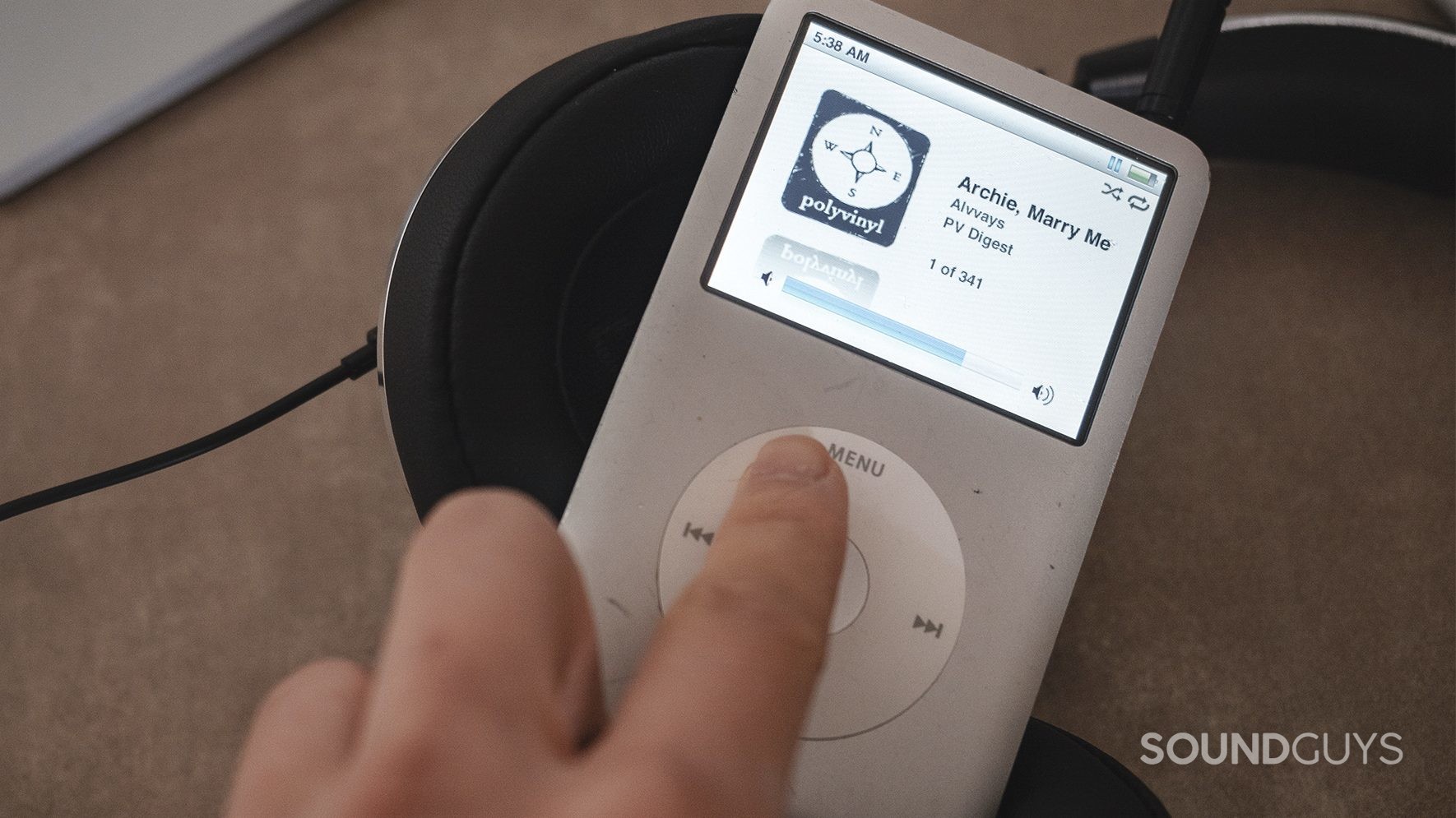
With the advent of the internet, a problem became apparent: full albums pulled from CDs were weighing in around 700 megabytes, a significant amount of data to move around back in the 90s. In 1991 the MP3 standard launched, which successfully managed to shrink an album down to a tenth of the size of a CD copy without significantly harming the quality of the sound for many listeners. Audio data compression (also known as audio data reduction) has gotten even better since then, but this same core concept applies—it’s about shrinking down audio files to more easily transfer and access them on the internet.
However, any data compression applied can still affect the quality of recorded music files. Audio that is stored in a format that doesn’t remove data (effectively making it the same or better than what might be stored on a CD) is called lossless audio. Audio that’s been data compressed, and is missing some of its original information, is known as lossy audio.
Can you hear the difference?
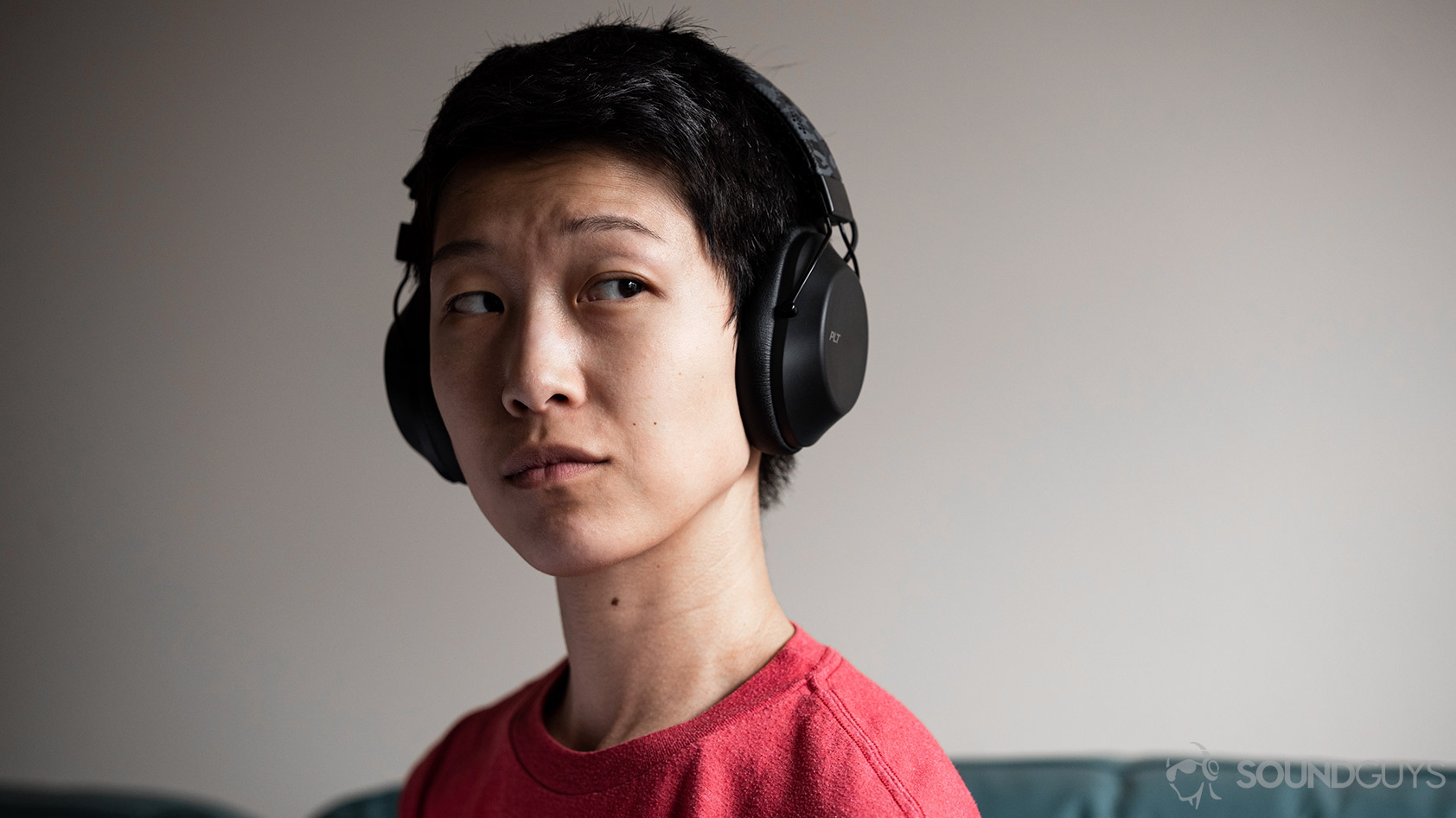
Audio data compression removes unnecessary audio information to achieve a smaller file size without sacrificing perceptual audio quality. Bad data compression can still be apparent, particularly when targeting especially small file sizes or bitrates (usually somewhere around 128kbps is where it starts to become noticeable), but most streaming services should be encoding audio at a high enough bitrate that most listeners won’t be able to tell the difference between what they hear and the raw uncompressed file. You can even test it out for yourself by listening through this test devised by NPR, which allows the listener to attempt to discern which audio sample is fully lossless. A large majority of listeners can’t tell the difference between a well-encoded lossy file and a lossless one.
Streaming services and music compression
Streaming has been the dominant form of music consumption for almost a decade. Since their inception, services like Spotify or Apple Music have primarily used compressed or “lossy” audio files to reduce transmission bandwidth and local storage requirements. However, more and more music services have recently started offering higher priced tiers that enable access to the full uncompressed lossless audio files for artists that support it. In some cases this is in the form of a regular uncompressed WAV or FLAC file, and other times it’s in the form of more questionable formats like MQA (which is actually lossy, despite some claims to the contrary). Compressed, lossy files usually come in MP3, AAC, or Ogg Vorbis formats.
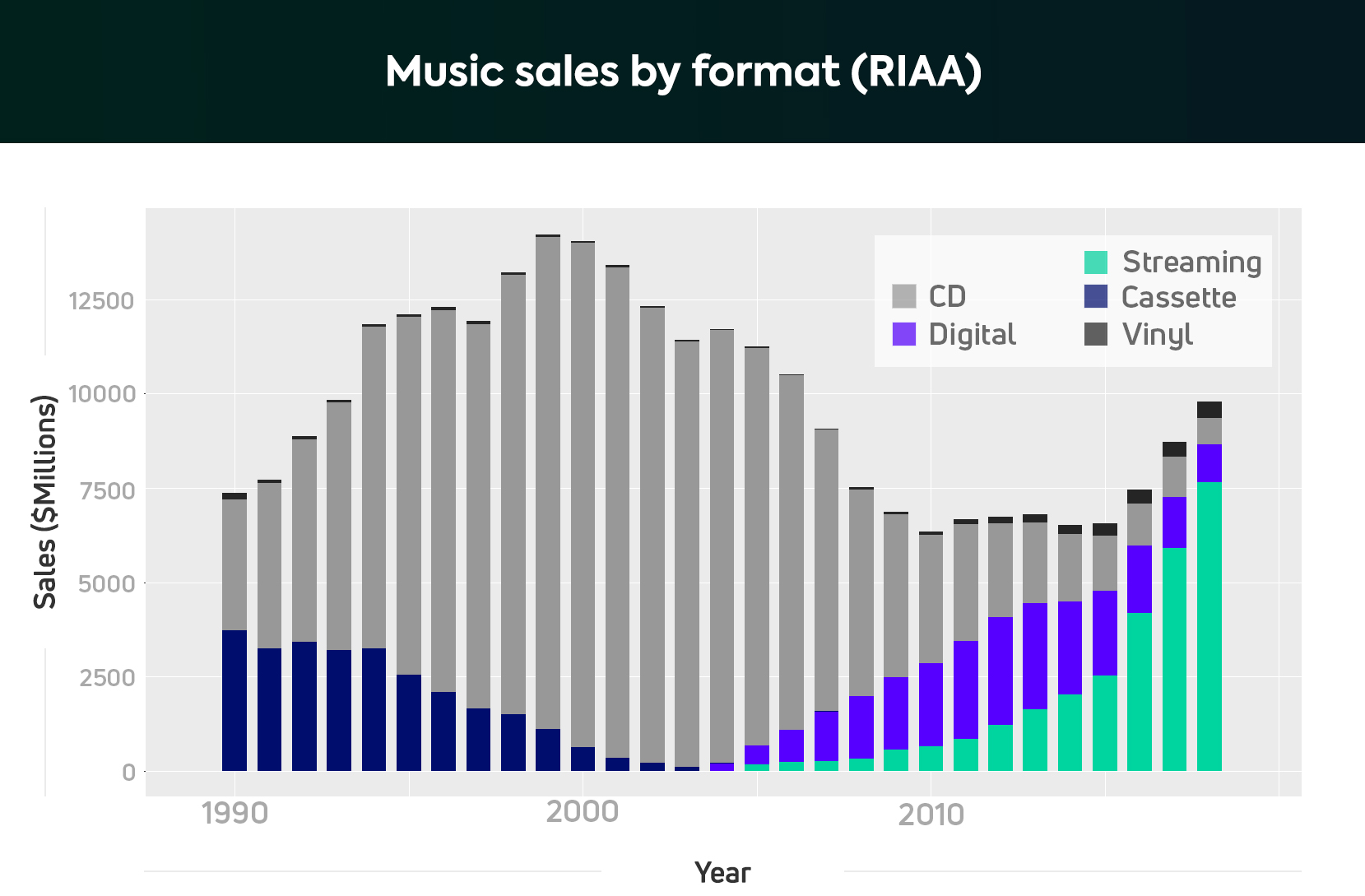
Of all the streaming services on the market right now, Tidal, Apple Music, Deezer and Amazon Music HD offer streaming in uncompressed lossless audio formats. Qobuz also allows you to listen and purchase lossless music. You can see below a comparison between most of the available music streaming services and their different service tiers.
| Streaming service | Max streaming quality | Max desktop quality (kbps) | Supported formats |
|---|---|---|---|
| Streaming service Qobuz | Max streaming quality 24bit/192kHz | Max desktop quality (kbps) 1,411 | Supported formats AIFF, ALAC, FLAC, WAV, WMA Lossless |
| Streaming service Amazon Music HD | Max streaming quality 24bit/192kHz | Max desktop quality (kbps) 3,730 | Supported formats FLAC |
| Streaming service Tidal HiFi | Max streaming quality 24bit/192kHz | Max desktop quality (kbps) 4,608 | Supported formats AAC, ALAC, FLAC, MQA |
| Streaming service Apple Music | Max streaming quality 24bit/192kHz | Max desktop quality (kbps) | Supported formats AAC |
| Streaming service Deezer Premium | Max streaming quality 16bit / 44.1kHz | Max desktop quality (kbps) 1,411 | Supported formats FLAC |
| Streaming service Spotify Premium | Max streaming quality 320kbps | Max desktop quality (kbps) 320 | Supported formats AAC, Ogg Vorbis |
| Streaming service YouTube Music Premium | Max streaming quality 256kbps | Max desktop quality (kbps) 256 | Supported formats AAC |
| Streaming service SoundCloud Go+ | Max streaming quality 256kbps | Max desktop quality (kbps) 256 | Supported formats AAC |
| Streaming service Slacker Radio | Max streaming quality 320kbps | Max desktop quality (kbps) 320 | Supported formats MP3 |
| Streaming service Pandora | Max streaming quality 192kbps | Max desktop quality (kbps) 192 | Supported formats AAC |
| Streaming service Spotify Free | Max streaming quality 160kbps | Max desktop quality (kbps) 128 | Supported formats AAC |
| Streaming service Deezer Free | Max streaming quality 128kbps | Max desktop quality (kbps) | Supported formats MP3 |
How does Bluetooth affect my music?
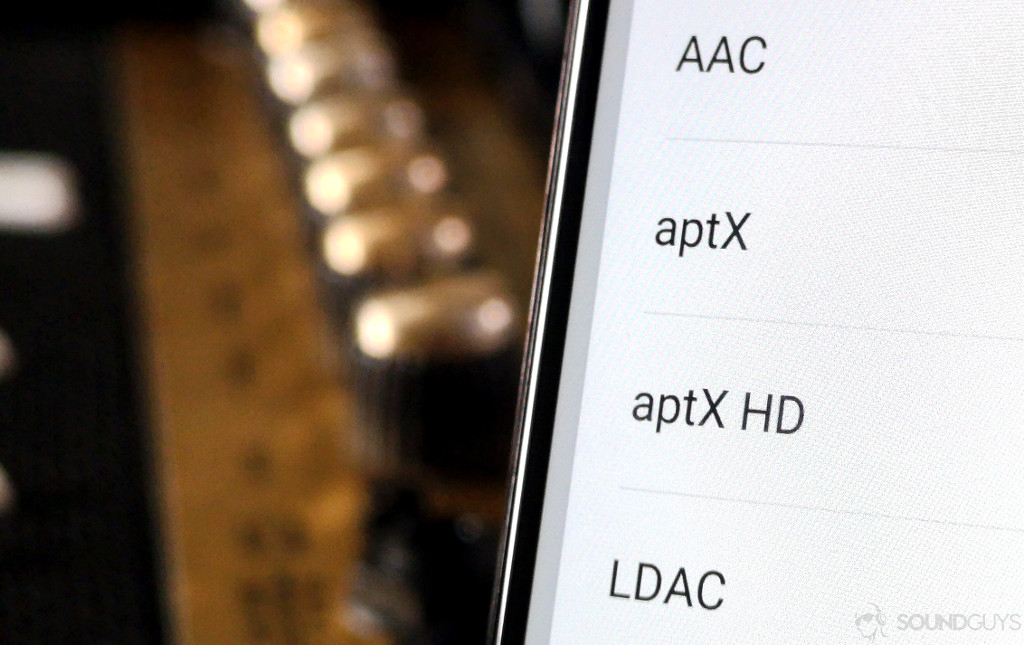
If you’re using Bluetooth headphones, you won’t be hearing lossless audio, even when playing uncompressed lossless files. Bluetooth also uses lossy audio codecs to fit the data into the bandwidth that Bluetooth can support. These codecs are often fairly good quality—Sony’s LDAC codec can work at up to 990kbps—but they’re not lossless. New standards are on their way, but until Qualcomm’s aptX Lossless Bluetooth codec arrives there is no lossless Bluetooth audio. Because of all this, it’s important to consider not just if your music files are lossless, but also if the hardware you’re using supports lossless audio.
Is there more to sound quality than lossless files?

The sound quality of a piece of music is dependent on far more than its encoding quality and file format. A large component of how good a song sounds is the mastering process. For many years, most popular recordings employed a significant amount of dynamic range compression (which is different from lossy audio compression), squishing the difference between the loudest and quietest elements of a song—read our feature on the loudness war for more about that. These days, streaming services implement volume normalization based on integrated loudness (a measurement of loudness based on an entire audio file), so there’s no point in making every sound as loud as possible, but you can still listen to tracks from that era—Metallica’s Death Magnetic is a classic example—and the dynamic range will sound pretty off, regardless of how high your streaming bitrate is.
The mastering process greatly influences the final sound of a song or album. Having a lossless file will do nothing to improve the sound of a song that is poorly mastered. Some album rereleases feature lossless FLAC files, marketed as “audiophile grade” versions, but generally they’re also remastered with a wider dynamic range than the original release, which can really improve the sound. Listeners sometimes prefer vinyl records for a similar reason, as vinyl releases often have more dynamic range than CD or digital releases—this is especially true of music produced in the 90s or early 2000s.
Should you spend extra money to get lossless audio
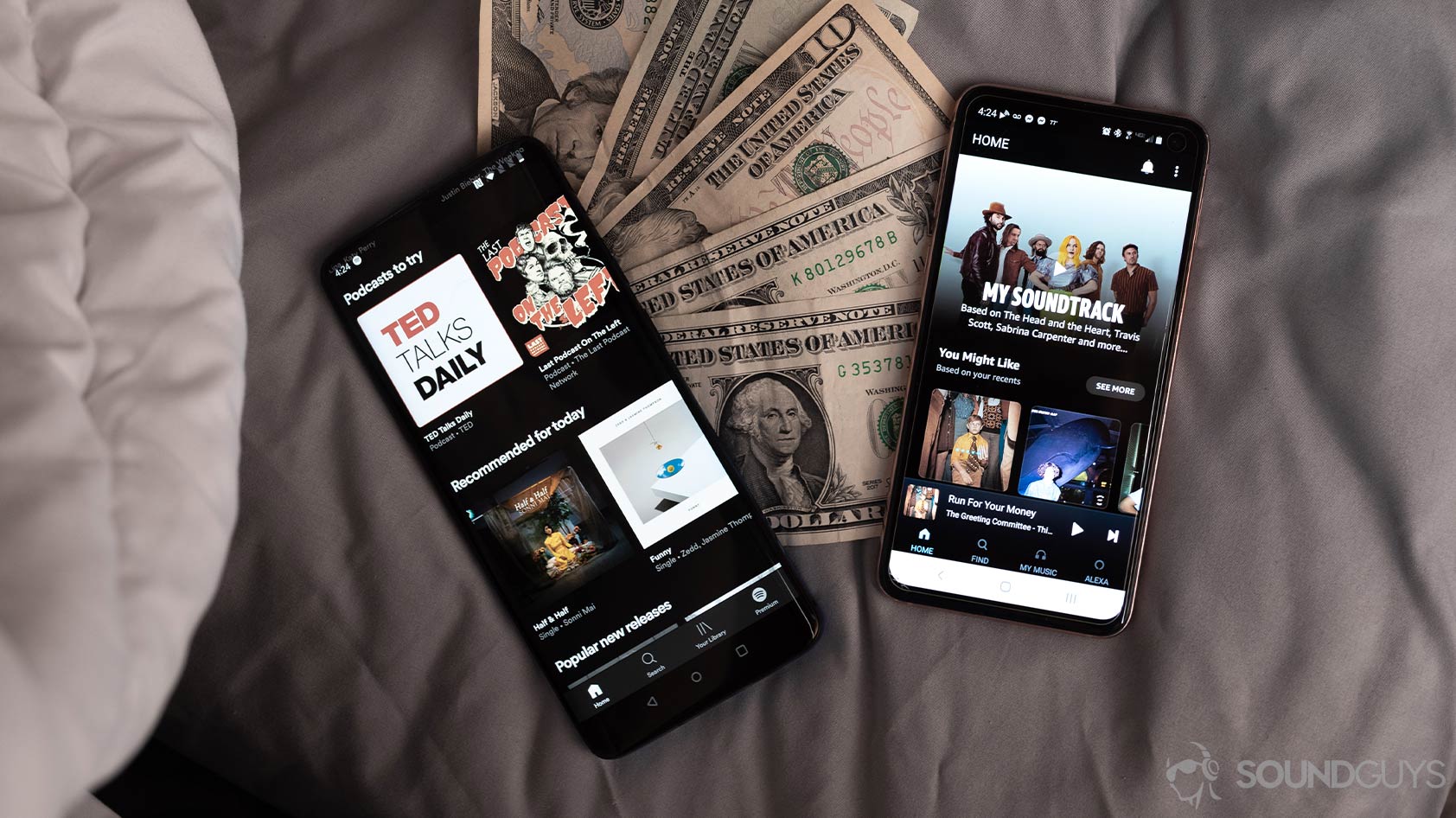
Quite plainly, it’s generally not worth it to pay for higher tiers of streaming services to access lossless audio. The vast majority of people are entirely unable to distinguish the difference between a lossless audio file and a compressed file encoded at a decently high bitrate, even in an ideal environment. Additionally, the audio data compression inherent to Bluetooth will render whatever gains you’re looking for moot over a wireless connection.
However, lossless audio isn’t completely worthless. In a world where you can have the highest quality for a negligible increase in storage space (a matter of several hundred megabytes is much more trivial nowadays), why shouldn’t you? It’s certainly not worth paying for a higher tier just to achieve it, but if you’re able to find lossless files and play them on a setup that can actually take advantage of them, more power to you.
Frequently asked questions about lossless audio
Although the two terms are easy to confuse, they refer to two entirely different things. Audio data compression is what we’ve primarily been talking about throughout this article, it means removing parts of recorded audio that aren’t integral to human perception of that sound in order to save on data. Dynamic range compression, in comparison, is a process used in recordings that makes the quietest and loudest parts of a sound closer in level to each other. Dynamic range compression is used on virtually every song you hear, and is an essential part of the mixing process, whereas audio data compression is only heard in certain digital delivery methods (and is entirely absent from analog formats like vinyl).